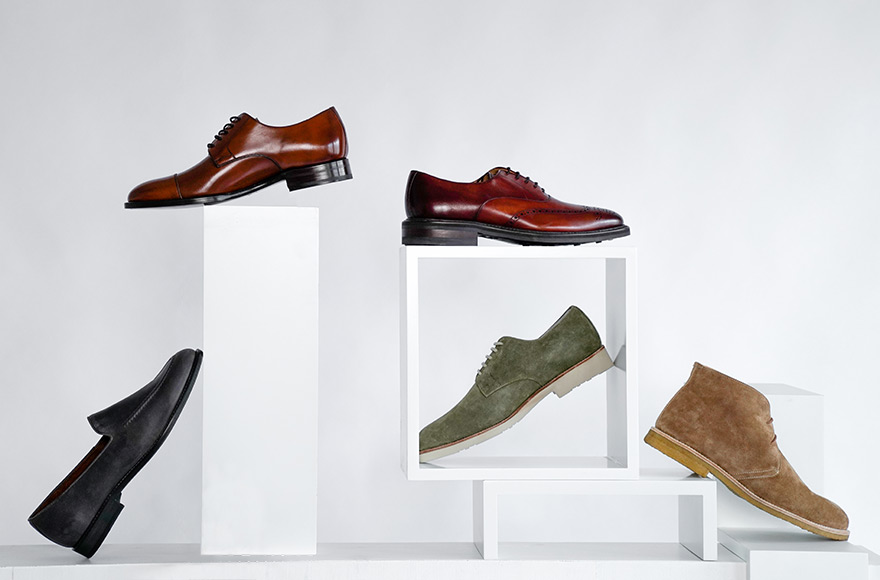Hair and impurities are removed from animal hides, preparing the hides for tanning. Thorough cleaning is of the utmost priority. Only the highest-quality hides are selected for processing.
Some time is left to pass between the separation of the hide from the animal carcass and the beginning of the leather production process. During this time, the hides are preserved by freezing or salting. Tanning is only possible once the hides have been returned to their original form. Preparing the hides to achieve this state involves softening or soaking them. Both of these methods restore the hides to the state they were in when the animal was first slaughtered. A great deal of soft water is used in the process, serving to wash away soiling, as well as preservatives if the hide was salted. As a result, the original moisture contents of the hides are restored.
Finally, hair is removed from the hides, down to the roots
The next stage of preparing the hides, known as fleshing, involves mechanically removing the subcutaneous connective tissue. A highly alkaline lime solution is subsequently applied to dissolve the roots of the hair. This process is known as unhairing. The hides are left to sit for a few hours before being limed for 9 to 48 hours. Liming involves storing the hides inside a barrel, enriched with limewater and ingredients such as sodium sulfide. Wood ash was once used for this step, hence its German name ''äschern' or 'ashing'. The hides begin to swell in the reddening, churning barrels. The fibre structures and hairs are loosened, and all superfluous keratin is broken down. Finally, the hairs, including their roots, are detached, as is the upper layer of the skin.
The hides are now limed. At this stage, they are referred to as pelts. Various acids (hydrochloric acid, sodium sulfide, or lactic acid) are combined with water to remove the lime solution and to neutralize and pickle the pelts. At the same time, the pelts are divested of protein with the addition of protein-dissolving enzymes, which ensure that the fibre structure of the skin remains loose and allow the tanning agents that will later be applied to absorb more easily.
The pelts are split to make uppers and lining
The last stage of preparing the hides is splitting. The hides are split by a machine that places them beneath a rotating band knife, bringing them to an even thickness. If desired, two or more thin layers can be created at this time. The resulting upper layer is known as the grain side—this is the most valuable layer of the leather. After further processing, this layer is used to make uppers for quality-men's shoes. The other layer, which is lower in quality, is known as the flesh side. Also known as split leather, this layer is usually used to create leather shoe lining.
It is only after splitting, or the final stage of preparing the hides, that the true quality of the hides can be assessed. The hides are sorted to separate the wheat from the chaff—only flawless pieces free from damage and soiling can be used for further processing.
Additional steps in leather production
Handmade leather Shoes at Shoepassion.com
Classic Style Shoes for men & women ★ Various styles & designs ★ High quality ★ Fair & sustainably produced in Europe ★ Exellent value for money ★ Many models on sale















